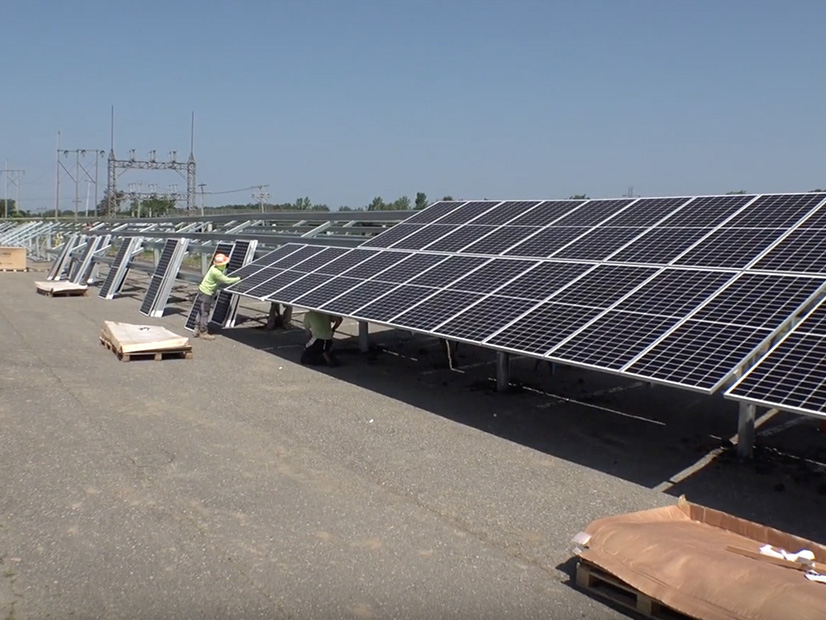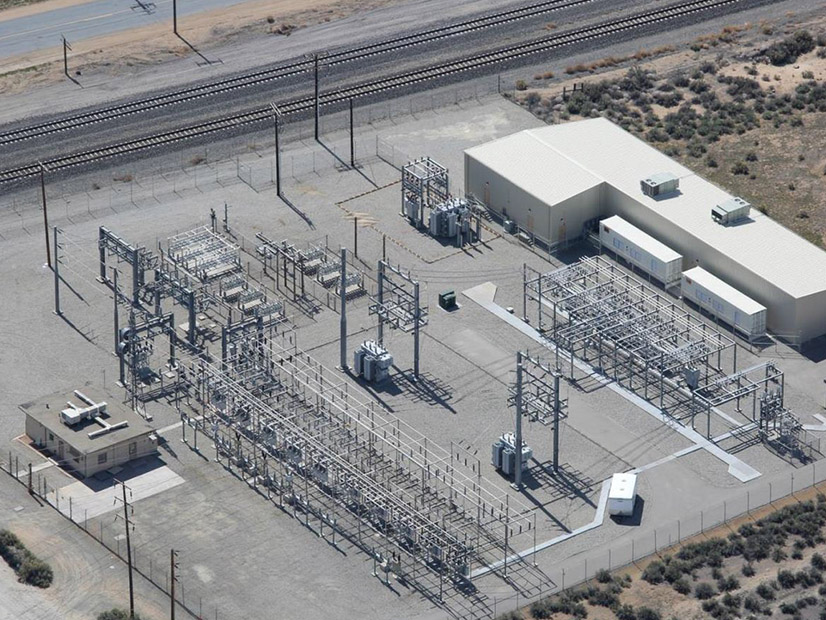
FERC on Friday gave CAISO and NYISO 30 days to explain some details of the treatment of distributed energy resource aggregations described in their Order 2222 compliance filings (ER21-2455, ER21-2460).
Most of the commission’s questions to the ISOs concerned the market participation model for DERs and the coordination between the ISO, aggregator and distribution utility, particularly the role of the utility.
The commission asked NYISO to “explain how the DER aggregation rules accommodate the physical and operational characteristics of heterogeneous aggregations and, in particular, heterogeneous aggregations that include mostly one resource type. For example, please explain how NYISO’s DER aggregation rules accommodate the physical and operational characteristics of an aggregation comprised primarily of solar resources with some storage.”
FERC said NYISO outlined the resource adequacy problems that could arise from “modeling an aggregation of solar intermittent power resources as a DER aggregation” and asked “why similar concerns would not arise with a DER aggregation that is composed largely, but not exclusively, of solar resources.”
Continuing in the same vein with CAISO, the commission referred to the ISO’s proposals to require that a DER aggregation have at least one DER capable of injecting energy and to maintain its existing demand response models for homogeneous aggregations that include DR resources only.
“If a heterogeneous aggregation containing injecting resources and distributed curtailment resources fails to inject energy over a certain interval — i.e., if the aggregation only provides demand response to CAISO — would CAISO require the aggregation to register in one of CAISO’s demand response models in order to participate in the CAISO markets?” the commission asked. “If so, please explain when CAISO would require this change in registration and indicate where this process is documented.”
CAISO in September answered its stakeholders in the FERC docket by clarifying several aspects of its compliance filing, but it dismissed many comments as related to issues outside the scope of Order 2222.
“The commission plainly could have ordered RTO/ISOs to collapse their demand response models into a single [DER aggregation] model as NYISO did, but Order No. 2222 did not,” CAISO said. “Instead, it required RTO/ISOs to allow DERs to aggregate with demand response resources as heterogeneous aggregations, the plain language of which requires a mix: both energy-injecting DERs and demand response resources.”
Other comments are based on “improbable hypotheticals involving multiple-use applications” and retail tariffs. DER aggregations and dual wholesale/retail participation are nascent fields, especially when addressed simultaneously, CAISO said.
The New York ISO last month rejected most comments and protests on its treatment of DERs and aggregations, urging FERC to accept its Order 2222-related tariff revisions with minor adjustments. (See NYISO Rejects Most Comments on DER Treatment.)
FERC issued “incredibly detailed” questions to NYISO and CAISO, and the questions “to NYISO are especially interesting, as they get at central issues that will determine if rooftop solar plus storage, [electric vehicles], etc. can participate,” tweeted Jeff Dennis, managing director and general counsel for Advanced Energy Economy.
Role of Distribution Utilities
FERC also asked NYISO to provide the criteria by which distribution utilities would determine whether a DER is capable of participating in an aggregation, including any specific metrics.
“Will the aggregator attestation requirements proposed in NYISO’s answer with respect to double counting be sufficient for distribution utilities and NYISO to determine whether a DER is capable of participating in an aggregation?” the commission asked.
In addition, the commission asked NYISO to explain what showing is required from the distribution utility to support the decision that the resource presents significant risks to the reliable and safe operation of the distribution system, and to explain what the ISO means by “appropriate measures to mitigate reliability and/or safety concerns.”
The commission also wanted to know how NYISO intends for its tariff provisions to satisfy the commission’s requirement to include dispute resolution procedures and what other avenues, if any, are available to aggregators or distribution utilities to resolve disputes.
“For example, what avenues are available to aggregators to dispute a distribution utility’s determination regarding whether a proposed DER is capable of participation in an aggregation and will not pose significant risks to the reliable and safe operation of the distribution system?” the commission asked.

It also directed CAISO to specify whether RERRAs will have a role in coordinating the participation of DER aggregations in its markets by developing interconnection agreements and rules.
Finally, the commission asked CAISO whether RERRAs would have a role in developing local rules to ensure distribution system safety and reliability, data sharing and/or metering and telemetry requirements; overseeing utility distribution company review of DER participation in DER aggregations; establishing rules for multiuse applications; or resolving disputes between DER aggregators and utility distribution companies over issues such as access to individual DER data.
In its Sept. 3 answer, CAISO said it recognized that resource adequacy eligibility incentivizes resources in its footprint to participate as standalone wholesale resources or DR resources.
“California regulatory authorities, most notably the California Public Utilities Commission, have not adopted qualifying capacity counting rules for [DER aggregations] to provide resource adequacy capacity, which leaves developers without the revenue streams from retail tariffs, capacity contracts or power purchase agreements,” CAISO said.


